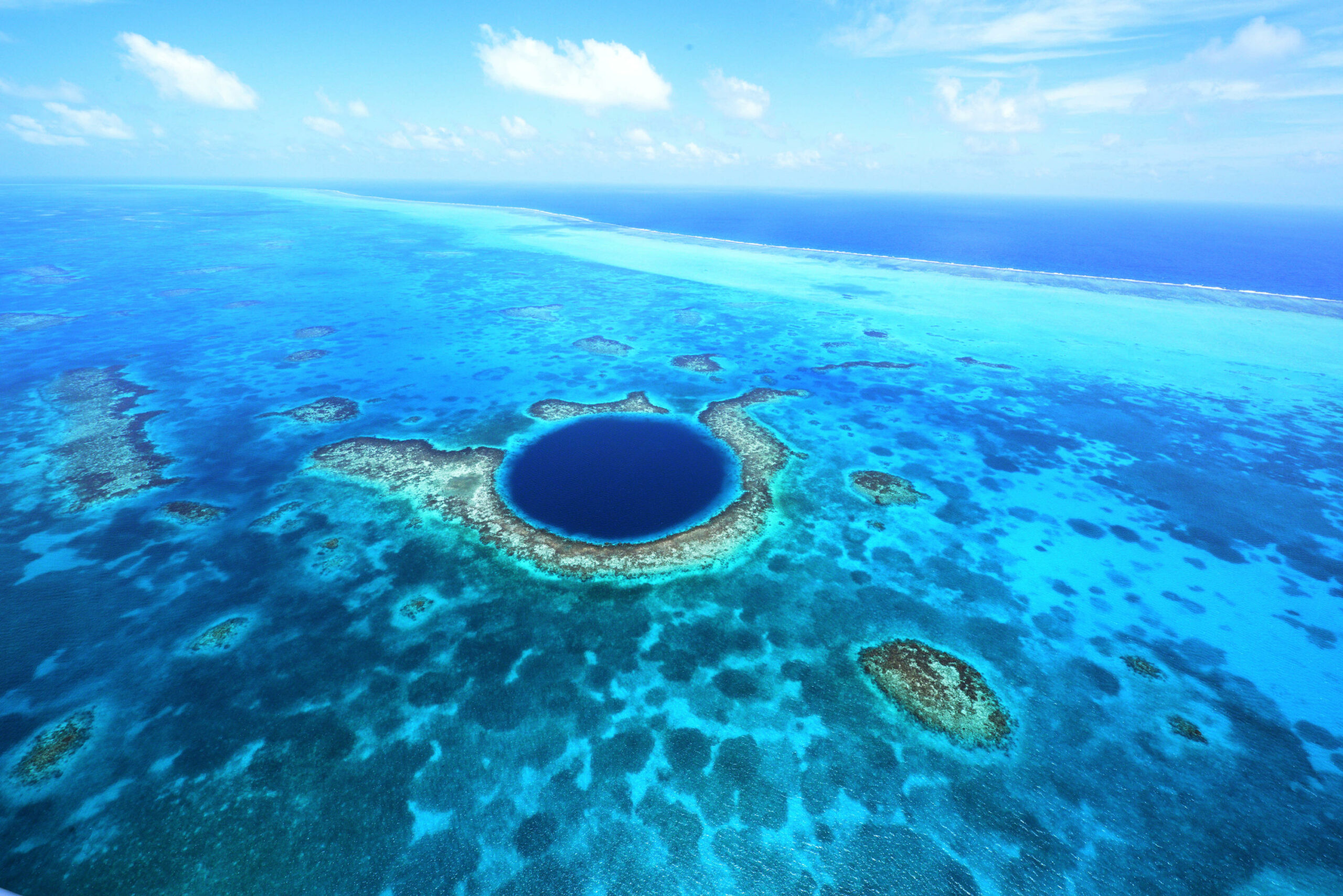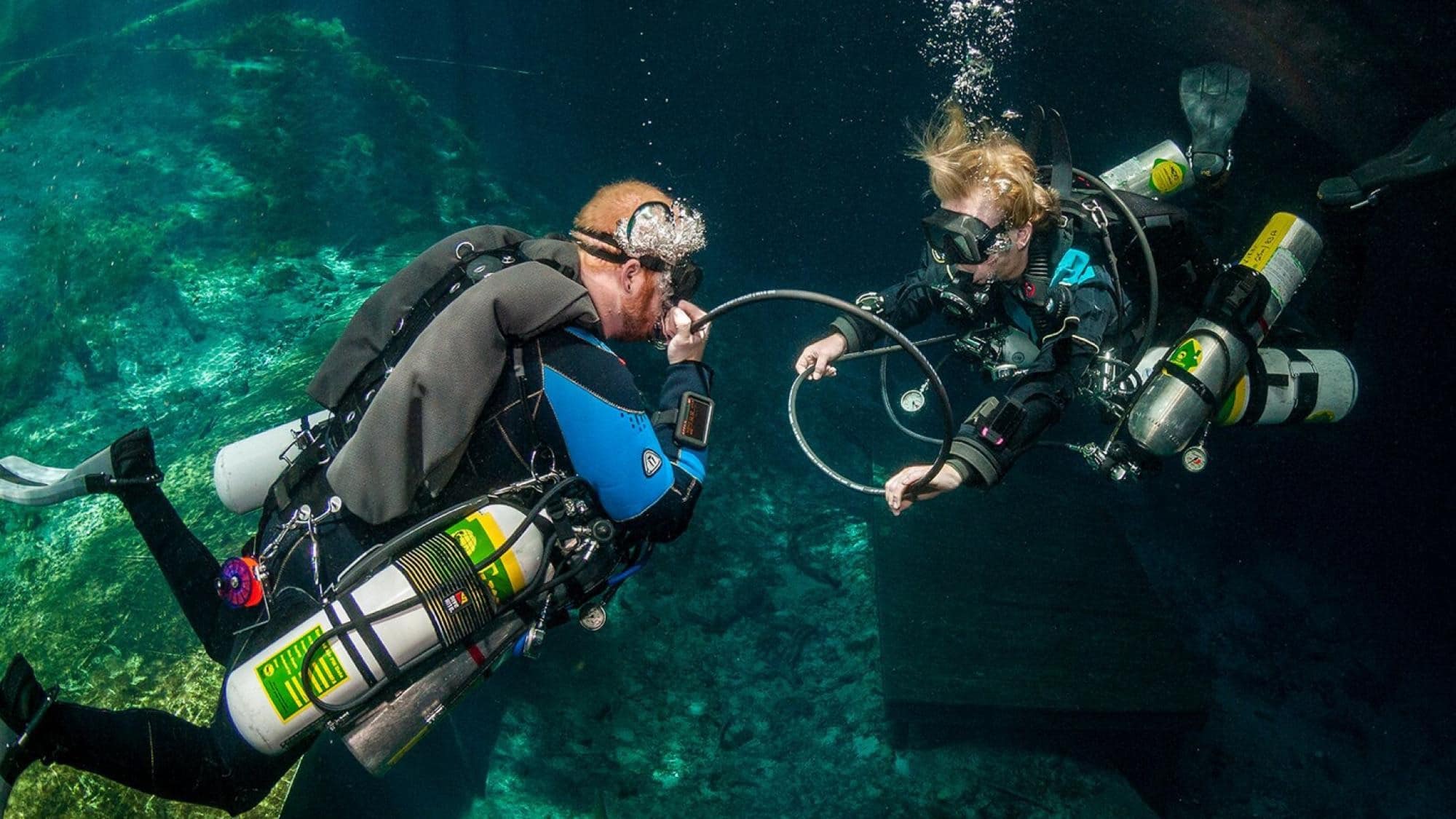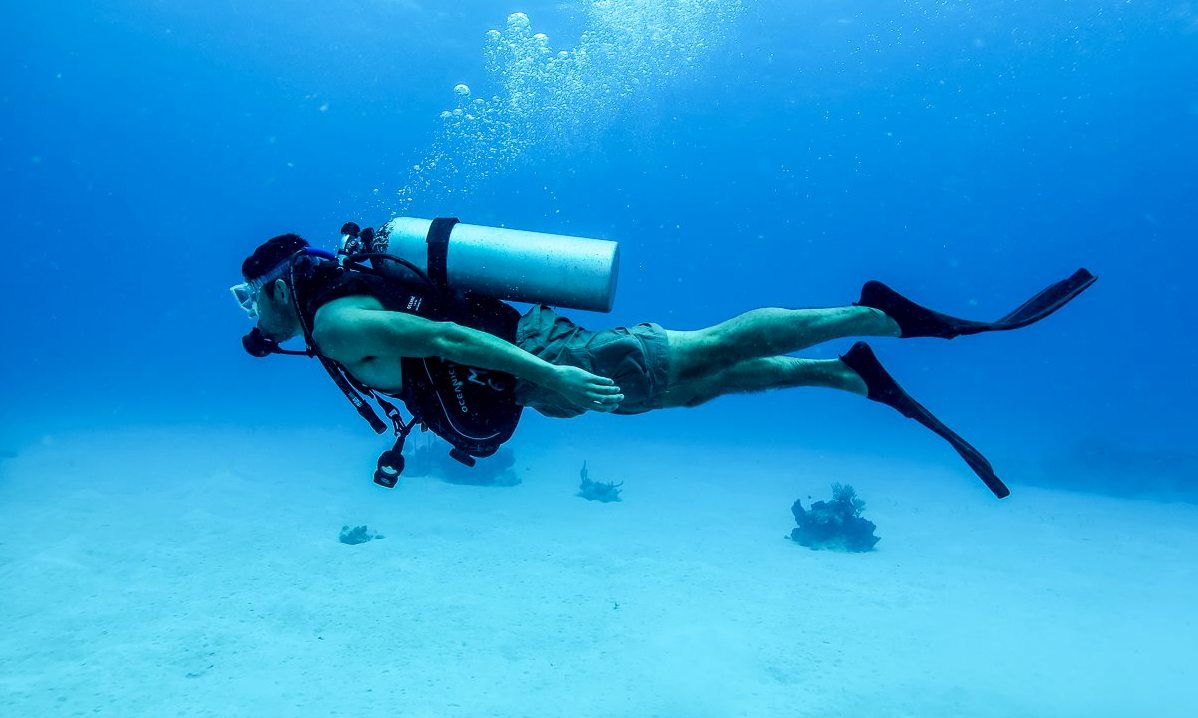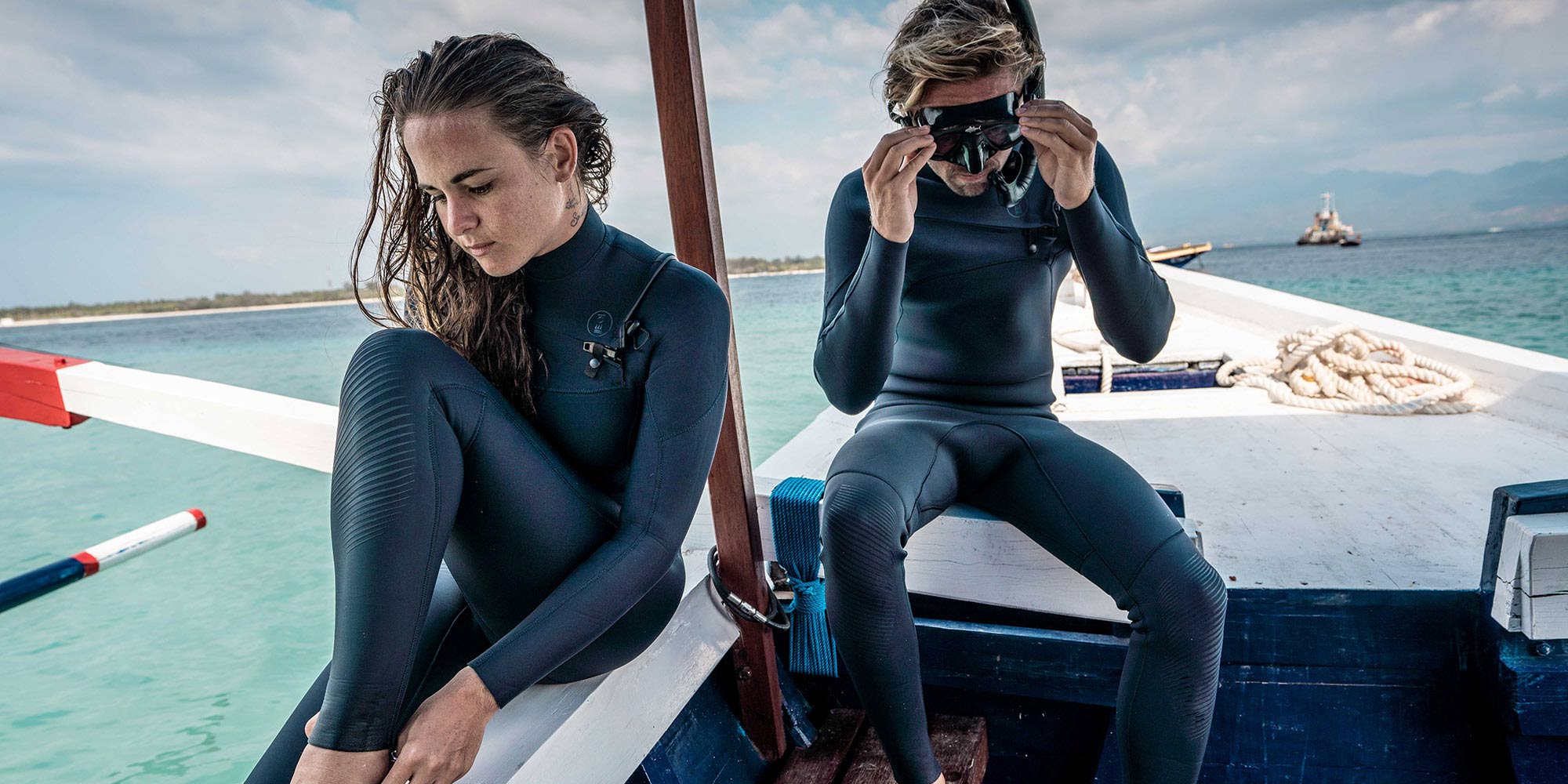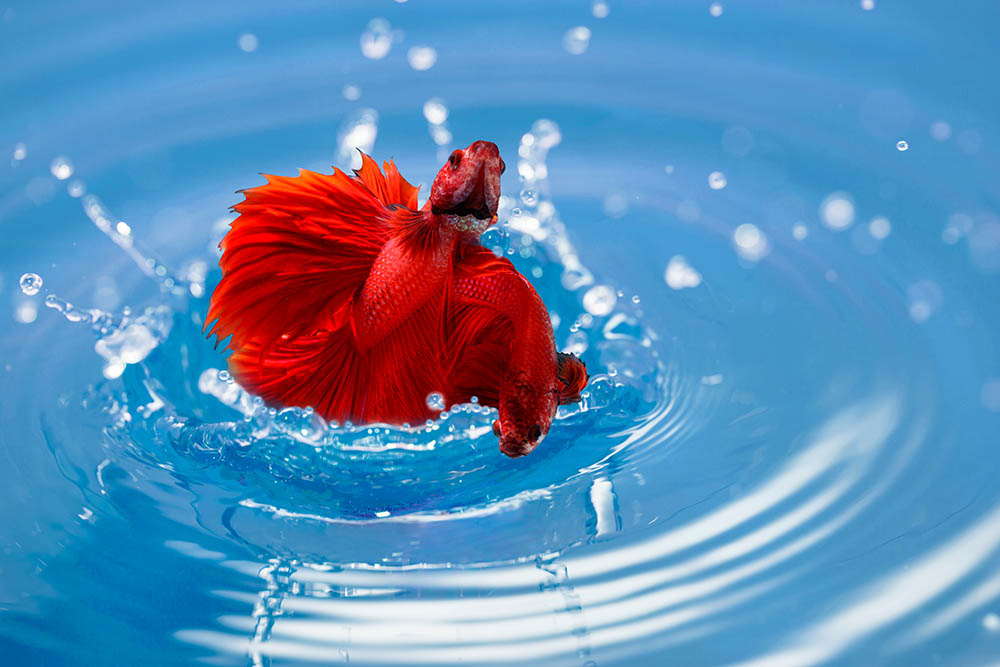The Great Blue Hole of Belize is one of the world’s most iconic natural wonders — a massive underwater sinkhole surrounded by vibrant coral reefs and teeming marine life. For scuba divers, adventurers, and curious travellers, it remains a bucket-list destination. But the question everyone asks is: how deep is the Great Blue Hole of Belize?
- Where Is the Great Blue Hole Located?
- Table of Contents
- How Deep Is the Great Blue Hole of Belize?
- The Mysterious Formation of the Great Blue Hole
- What Lies at the Bottom of the Great Blue Hole?
- Marine Life Around the Great Blue Hole
- Discovery & Exploration History
- Is the Great Blue Hole Dangerous?
- 7 Astonishing Facts About the Great Blue Hole
- Planning Your Dive to the Great Blue Hole
- Photos & Maps of the Great Blue Hole
- FAQs – People Also Ask
- Conclusion
In this detailed guide, we’ll not only answer that question but also uncover seven astonishing facts about this breathtaking site, including its formation, marine species, dangers, and tips for visiting.
Where Is the Great Blue Hole Located?
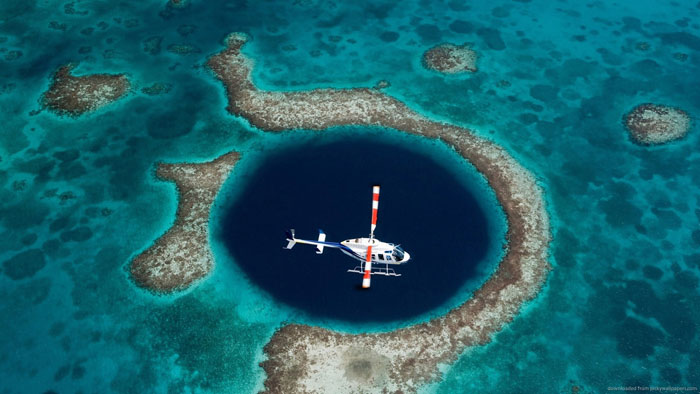
Table of Contents
The Great Blue Hole lies off the coast of Belize, Central America, nestled within the Lighthouse Reef Atoll — about 70 km (43 miles) from Belize City.
- It is part of the Belize Barrier Reef Reserve System, a UNESCO World Heritage Site.
- From above, it appears as a deep, circular, dark-blue void in the turquoise Caribbean waters.
- The site is so vast it can be seen from space.
📍 Location tip: If you’re travelling to Belize, most diving and snorkelling tours to the Blue Hole depart from Ambergris Caye, Caye Caulker, or Belize City.
How Deep Is the Great Blue Hole of Belize?
The Great Blue Hole is approximately 318 metres (1,043 feet) deep and around 300 metres (984 feet) wide.
This makes it one of the largest marine sinkholes in the world. The depth, combined with the striking circular shape, makes it both awe-inspiring and intimidating.
To put it into perspective:
- It is nearly three times deeper than the Eiffel Tower is tall.
- Comparable in scale to other natural wonders like Mexico’s Cenote Zacatón, but much wider.
💡 Divers usually descend to depths between 30–40 metres (100–130 feet). Beyond this, diving becomes riskier due to nitrogen narcosis, low light, and increasing water pressure.
The Mysterious Formation of the Great Blue Hole
The Blue Hole’s story began over 150,000 years ago during the Ice Age:
- It was originally a limestone cave above sea level.
- Rising sea levels eventually caused the cave’s roof to collapse.
- This left behind a massive, vertical sinkhole filled with seawater.
Today, the hole is a geological time capsule. Divers can still see giant stalactites and stalagmites inside, proving its origins as a dry cave system.
What Lies at the Bottom of the Great Blue Hole?
Few have reached the very bottom, but scientific expeditions (including one led by Richard Branson in 2018) revealed fascinating details:
- At depths of around 90–120 metres, there is a thick layer of hydrogen sulfide — a toxic gas that creates a visible barrier in the water.
- Below this layer, there is little to no oxygen, meaning almost no marine life survives.
- Divers have found collapsed cave formations, fossilised stalactites, and eerie tunnels.
The bottom remains mostly unexplored, adding to the Blue Hole’s mystery.
Marine Life Around the Great Blue Hole
While the depths may be lifeless, the surrounding waters are full of vibrant marine biodiversity.
- Sharks commonly spotted here:
- Caribbean reef sharks
- Nurse sharks
- Hammerheads (occasionally)
- Other marine species:
- Groupers
- Parrotfish
- Snappers
- Sponges and corals around the rim
The Blue Hole itself is not the most colourful dive site, but it’s often included as part of a full-day dive trip with visits to nearby reef systems, which offer incredible biodiversity.
Discovery & Exploration History
The Great Blue Hole was brought to international fame by Jacques Cousteau in 1971.
- Cousteau declared it one of the top diving sites in the world, putting Belize firmly on the scuba diving map.
- Since then, countless marine biologists, explorers, and divers have studied and filmed it.
- In 2018, a submarine expedition funded by Richard Branson and Fabien Cousteau mapped the Blue Hole in high detail.
This combination of history and exploration has cemented its status as a legendary dive site.
Is the Great Blue Hole Dangerous?
The Great Blue Hole is not inherently dangerous, but its depth and unique conditions require caution:
- Risks for divers:
- Nitrogen narcosis at deeper levels.
- Rapid air consumption at depth.
- Darkness and disorientation below 40 metres.
- Who should dive?
- Recommended for advanced divers with deep diving certification.
- Beginners can snorkel around the rim or enjoy a scenic flight.
✔️ Safety tip: Always dive with a licensed tour operator, monitor your depth, and follow strict safety stops during ascent.
7 Astonishing Facts About the Great Blue Hole
- It’s one of the largest marine sinkholes in the world — 300m wide, 318m deep.
- Visible from space due to its striking colour contrast.
- Part of the Belize Barrier Reef — the world’s second largest reef system after Australia’s Great Barrier Reef.
- Formed during the Ice Age from a collapsed cave system.
- Stalactites inside prove it was once above sea level.
- Declared a top dive site by Jacques Cousteau.
- Home to sharks and rare marine species, making it a dream dive destination.
Planning Your Dive to the Great Blue Hole
Thinking of diving here? Here’s what you need to know:
- Best time to visit Belize: November to May (dry season, calm seas).
- Requirements: Advanced Open Water certification or equivalent for diving beyond 18 metres.
- Dive conditions: Warm waters (26–29°C / 79–84°F), visibility up to 30 metres.
- Costs: Dive trips range from $200–$350 per person (including multiple dives and meals).
- For non-divers: Take a scenic flight for breathtaking aerial views, or snorkel along the rim.
Photos & Maps of the Great Blue Hole
The Great Blue Hole is one of the most photographed natural wonders in Belize.
- Aerial photos highlight the deep navy circle surrounded by turquoise reef.
- Maps show its location within the Lighthouse Reef Atoll.
- Locally, the site is sometimes linked to Taam Ja’ Blue Hole, a Mayan reference meaning “deep water”.
If you’re planning a trip, browsing these photos can help you appreciate the sheer scale and beauty of the site.
FAQs – People Also Ask
How deep is the Great Blue Hole in Belize?
About 318 metres (1,043 feet) deep.
Can beginners dive in the Blue Hole?
No, it’s recommended only for advanced divers. Beginners can snorkel or enjoy scenic flights.
Why is it called the Great Blue Hole?
The name comes from its striking dark-blue colour caused by its depth and contrast with the shallow reef.
How long does a dive take?
A typical dive lasts 25–35 minutes, depending on depth and diver experience.
What’s the water temperature inside the Blue Hole?
Generally between 26–29°C (79–84°F), though it can feel cooler at greater depths.
Conclusion
So, how deep is the Great Blue Hole of Belize? At an incredible 318 metres (1,043 feet), it’s a natural wonder unlike any other. Beyond its depth, it’s a geological marvel, a diver’s challenge, and a global treasure.
Whether you’re a seasoned scuba diver chasing adrenaline, a traveller in search of natural beauty, or a student exploring earth science, the Great Blue Hole offers something unique.
✨ Start planning your underwater adventure today with Scoobadive Guide — your go-to resource for diving insights and travel inspiration.
